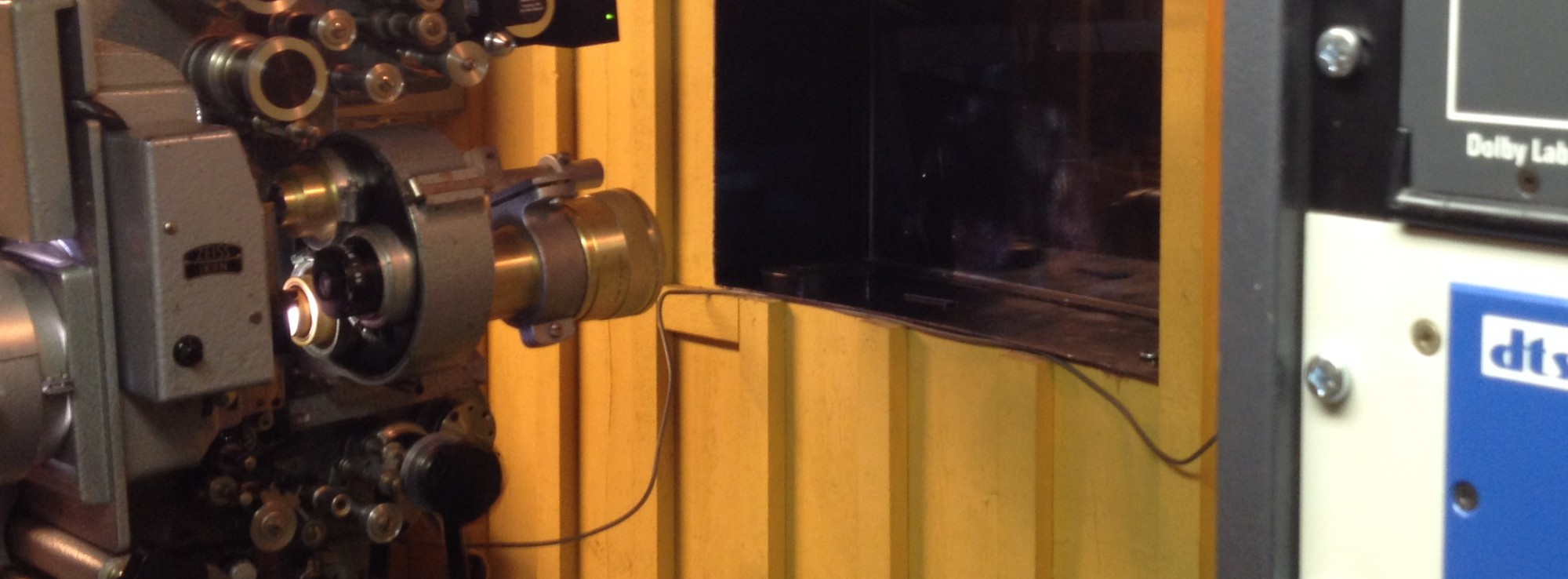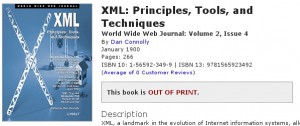I went to see Jean Michel Jarre perform in concert, earlier this week. I’ve been a fan since the 70s when Oxygène came out but I never thought I’d experience him live. Göteborg’s too small a city for the kind of thing he is famed for, painting the Houston skyline with lasers or transforming London’s Docklands to a gigantic concert venue, so I was pleasently surprised when he announced his “In-Door” tour, a series of performances indoors, on a fairly small scale.
The Scandinavium is not what I’d call small (U2 paid a visit 18 years ago, and I listened to Paul McCartney dust off his Beatles repertoir there, close to 20 years ago), but I still thought it wouldn’t be enough for Jean Michel Jarre.
Boy I was wrong. From the laser harp (you have to see and hear it; there’s no way I can make it justice here) to the analog synthesizers, from Oxygène to Rendez-vous… it was all perfect (well, actually he slipped while playing that laser harp, just once, but it happened) and I really only wrote this to gloat.


